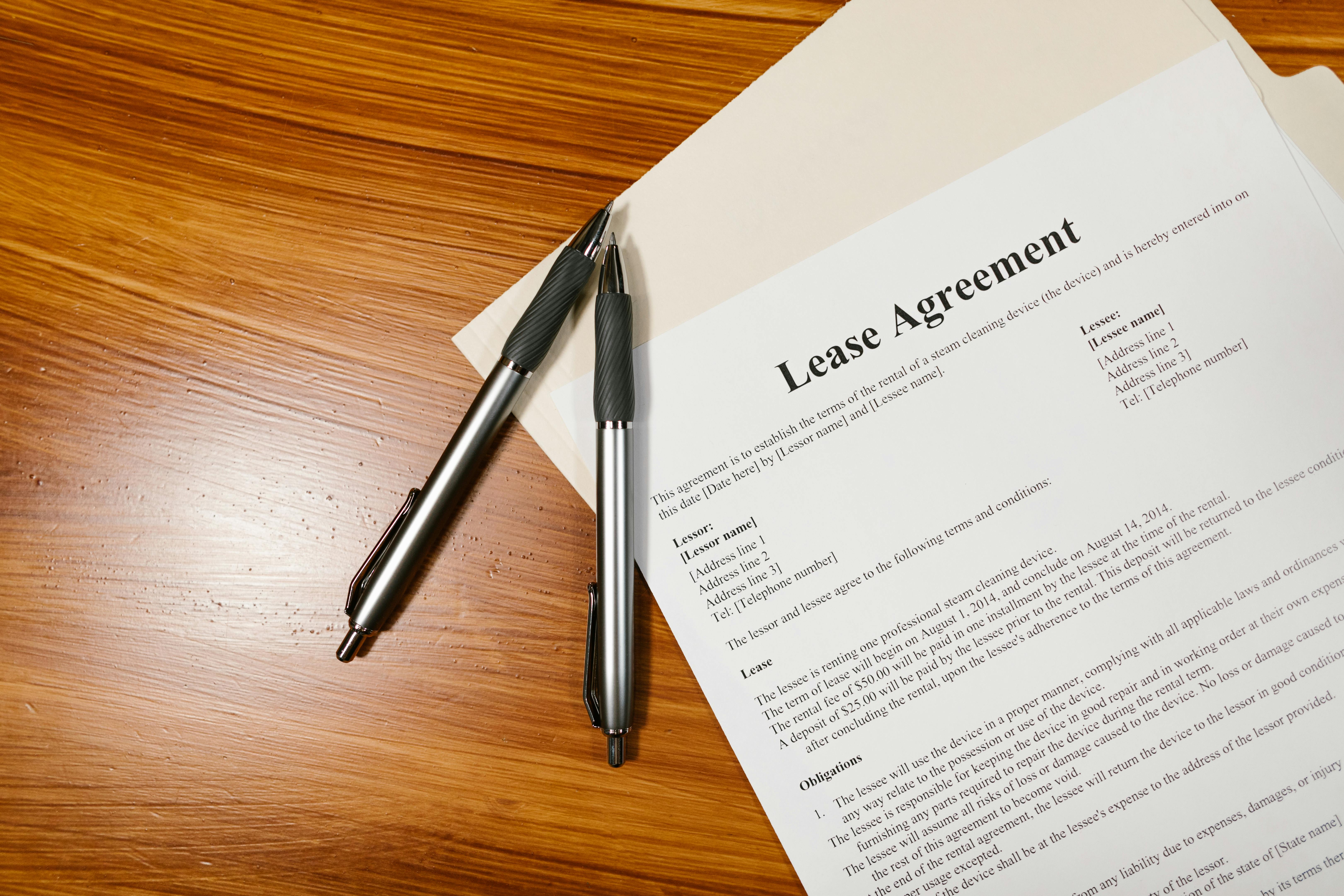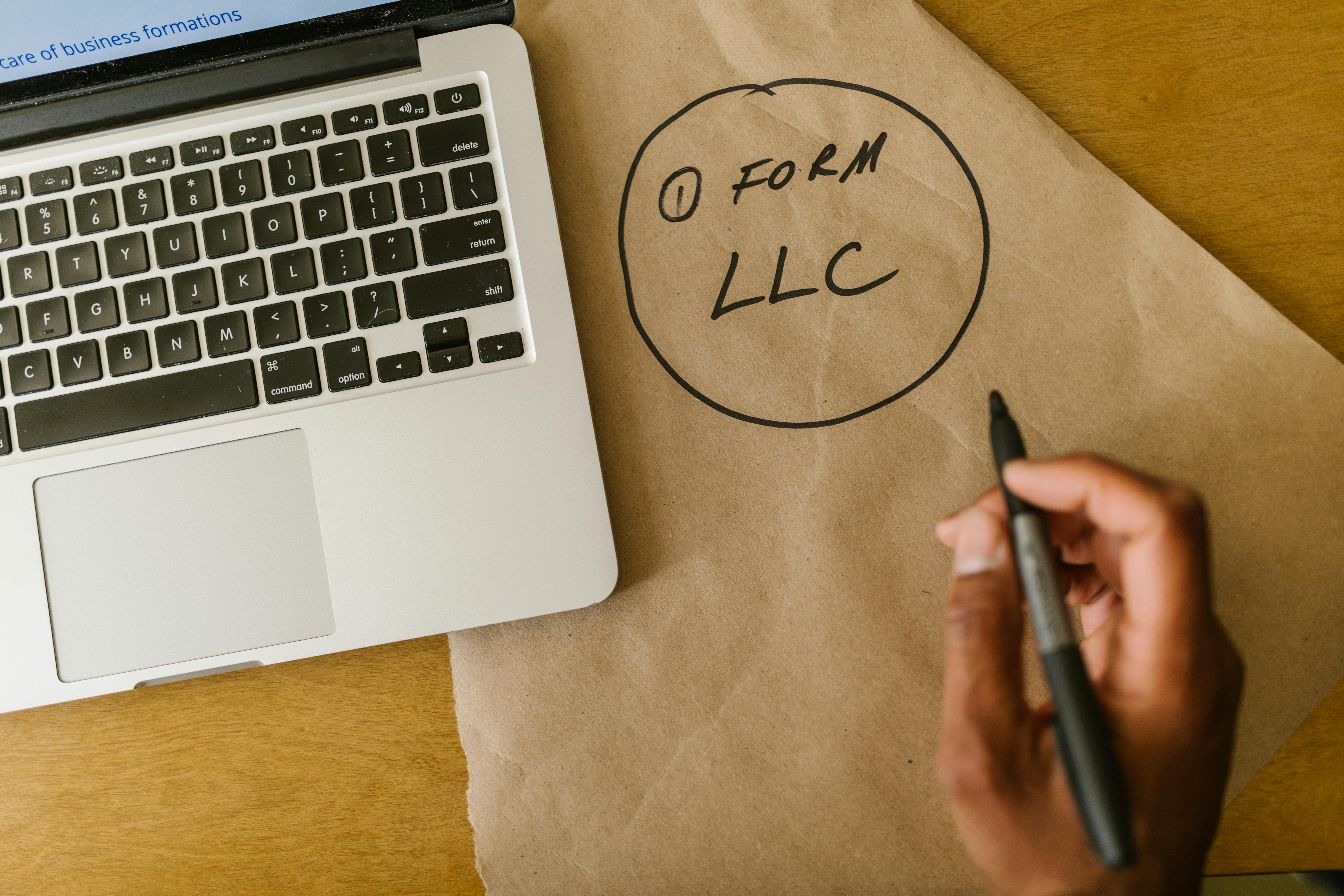Commercial Lease Explained: Types, Terms, and Key Differences

October 2, 2025

Commercial real estate is a key component of many businesses, from retail stores and restaurants to manufacturing plants. In many cases, businesses don’t own the land or property on which they work. Instead, they have a commercial lease agreement.
You may already be familiar with leases, having leased an apartment or a car. Commercial leases, however, are a bit different from these mainstays of regular life. Commercial lease agreements give a business the right to operate from a physical space and tend to be much longer-term and more negotiable than residential leases. Here, we’ll delve into commercial leases and explain why understanding how they work is absolutely critical for your business’s stability and success.
How Commercial Leases Work
Broadly speaking, a commercial lease is a legally binding contract between a landlord and a business tenant for the occupancy and use of non-residential space—such as an office, retail storefront, warehouse, or industrial facility—for a specified period in exchange for rent.
There are two primary parties in any lease. The lessor (landlord) is the individual or business entity that owns the property and grants the right of use. The lessee (tenant) is the business that occupies the space and pays rent.
While both govern tenancy, there are some fundamental differences between commercial and residential leases. Residential leases are heavily regulated by consumer protection laws, which often limit the landlord’s power and give tenants greater protections. Commercial leases, however, are:
- Less regulated: Primarily governed by contract law, so there are fewer statutory protections for the tenant.
- Highly negotiable: Almost every clause, from the rent price to who handles repairs, can be negotiated.
- Typically longer: Commercial lease terms often span three to ten years or more, reflecting the high cost and disruption of moving a business.
- Greater tenant responsibility: Commercial leases generally put financial responsibility for property maintenance, taxes, and insurance on the business tenant.
A commercial lease is a major commitment, but it’s also potentially foundational to your business, so it’s important to understand how they work.
Key Types of Commercial Leases
There are a few different types of commercial leases. Each type is defined by how the financial responsibilities for the property’s operating costs are split between the landlord and the tenant. These costs typically include property taxes, insurance, and maintenance, which are often simplified as TICAM.
These are the most common types of commercial leases:
| Lease Type | Description | Who Pays Operating Costs? | Typical Responsibility |
|---|---|---|---|
| Gross Lease (Full-Service) | Tenant pays one flat rate | Landlord covers all three (TICAM) | Easiest for the tenant to budget |
| Net Lease (Single Net) | Tenant pays base rent + one cost (usually property taxes) | Tenant covers taxes; Landlord covers insurance and maintenance | Less common structure |
| Double Net Lease (NN) | Tenant pays base rent + two costs (usually taxes and insurance) | Tenant covers taxes and insurance; landlord covers maintenance | Gives the landlord predictable expenses |
| Triple Net Lease (NNN) | Tenant pays base rent + all three operating costs (TICAM) | Tenant covers taxes, insurance, and Common Area Maintenance (CAM) | Most common for retail/industrial; most risk/responsibility for the tenant |
| Modified Gross Lease | A hybrid model | Negotiated split. Some costs are included in base rent; others are passed through | Provides flexibility for negotiation |
The Triple Net (NNN) lease is the most common for many commercial properties, especially retail and industrial. It may offer a lower base rent, but tenants must still budget carefully to address potentially fluctuating operating costs.
Essential Components and Clauses of a Commercial Lease
A commercial lease is a complex legal document filled with terminology that you’ll need to understand before signing. Some of the most important components to understand include:
- Lease term and renewal options: This is the duration of the agreement. Renewal options give you the right to extend the lease for predefined periods, offering long-term stability.
- Base rent and rent escalations: The base rent is the initial monthly fee. Nearly all leases include a rent escalation schedule, which outlines when and by how much the rent will increase. For example, it could be a fixed 3% annual increase or an increase tied to the Consumer Price Index.
- Permitted use clause: This is a highly restrictive clause that specifically defines how the tenant may use the space. For example, a tenant might be permitted to operate a “retail clothing store” but nothing else. Violating this clause may result in default.
- Maintenance and repairs: This section clearly assigns responsibility for structural elements (roof, foundation) versus non-structural/routine upkeep (HVAC, light fixtures, interior painting) between the landlord and tenant.
- Insurance requirements: The landlord will require the tenant to carry specific types and minimum amounts of insurance, typically including general liability insurance and contents insurance, with the landlord named as an additional insured party.
- Security deposit and guaranty: This details the deposit amount. For new or small businesses, the landlord often requires a personal guarantee, meaning the business owner is personally liable for the lease obligations if the company defaults.
Always take the time to review any commercial lease agreement thoroughly before agreeing.
What to Know About Negotiating Commercial Leases
A commercial lease is both a legal process and a business negotiation. Don’t treat the initial document as fixed; it’s a starting point. Because they involve major financial commitments and complex legal language, professional legal review is non-negotiable. You should always bring in a real estate attorney to work with you on the contract to help mitigate financial risk and ensure the lease aligns with your business’s goals.
When reviewing a commercial lease agreement, here are some things to focus on:
- Tenant Improvement (TI) allowance: Money provided by the landlord to help the tenant build out or customize the space, such as new flooring, walls, and fixtures.
- Exclusivity clause: Prevents the landlord from leasing space in the same property to a direct competitor. For instance, a frozen yogurt shop won’t allow another one in the same strip mall. This is an essential clause for retail businesses.
- Exit strategy/subleasing rights: Negotiate the right to sublease or assign the space to another business if you need to downsize or move before the lease term expires.
Don’t rush the process. Take your time to negotiate and work out a lease that works for your business.
FAQs
Common Area Maintenance (CAM) charges are the fees tenants pay to the landlord to cover the cost of maintaining shared spaces outside of their individual units. This typically includes parking lot repairs, exterior lighting, landscaping, security, and sometimes the cost of property management. In a Triple Net (NNN) lease, CAM is one of the three “nets” the tenant pays.
Breaking a commercial lease is significantly more difficult than a residential lease and usually results in severe financial penalties. Unless a specific termination clause is negotiated in the lease, breaking it means the tenant remains responsible for the rent and obligations for the entire remaining term, or until the landlord can find a replacement tenant.
A Right of First Refusal (ROFR) is a contractual right that gives the current tenant the first opportunity to purchase the property or lease an adjacent space before the landlord can offer it to any third party. It gives the tenant priority if the landlord decides to sell or expand.
Take a look at our news on Business Essentials

 by Nick Perry
by Nick Perry

 by Nick Perry
by Nick Perry

 by Shanel Pouatcha
by Shanel Pouatcha

 by Nick Perry
by Nick Perry

 by Nick Perry
by Nick Perry

 by Nick Perry
by Nick Perry

 by Nick Perry
by Nick Perry

 by Shanel Pouatcha
by Shanel Pouatcha

 by Nick Perry
by Nick Perry

 by Nick Perry
by Nick Perry

 by Nick Perry
by Nick Perry

 by Natalia Finnis-Smart
by Natalia Finnis-Smart